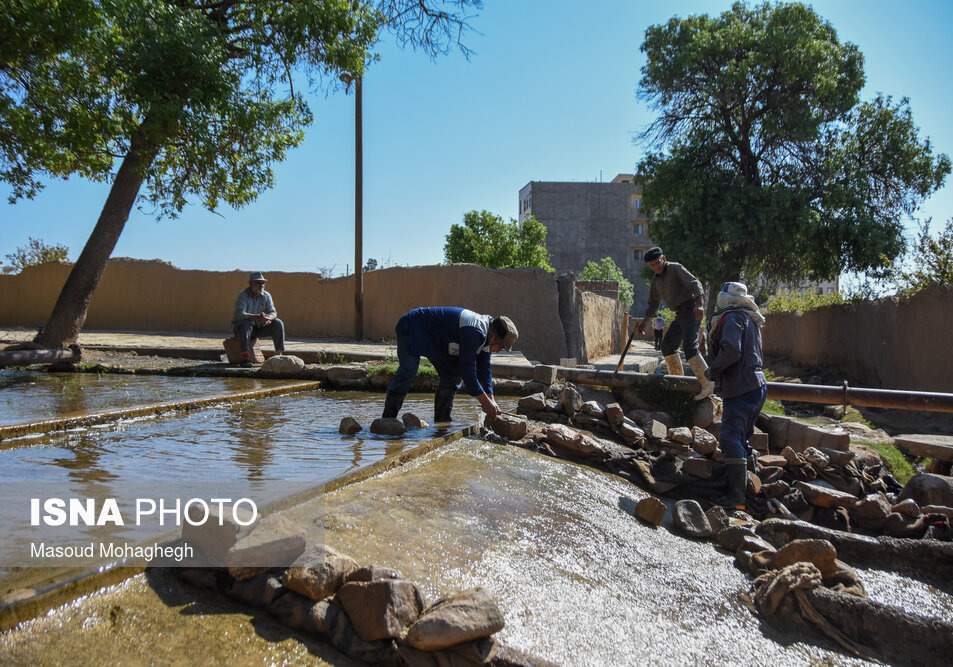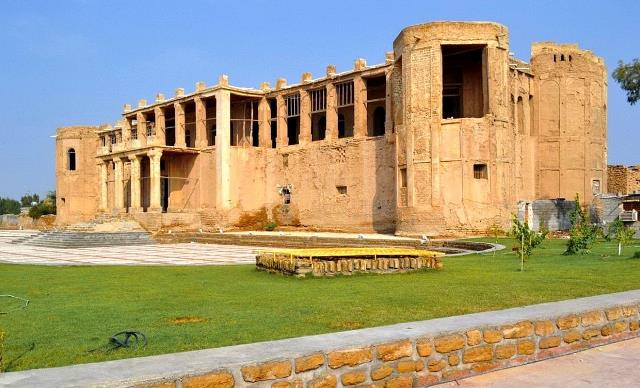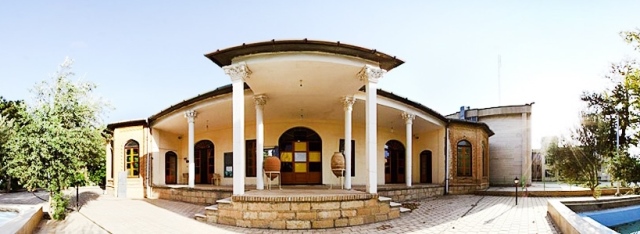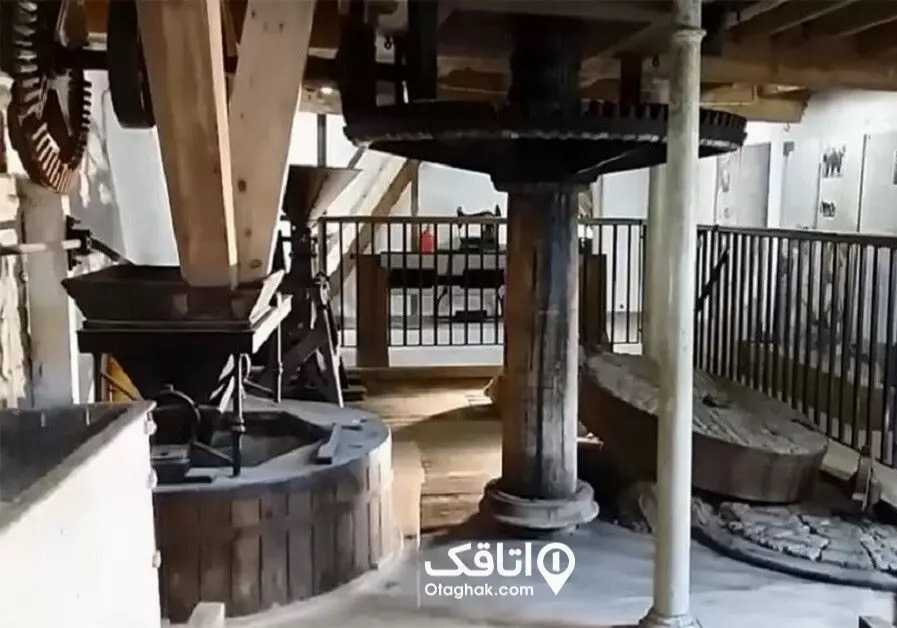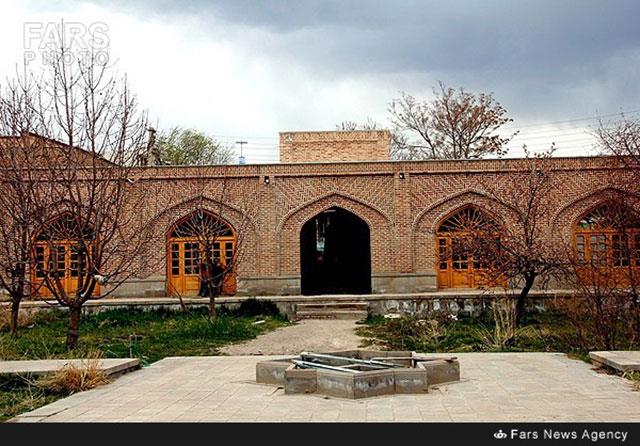
Timcheh (Arcade)
Timcheh (Arcade)
By: Azita Rajabi
It refers to a part of the Iranian bazaars that is similar to their pathways from the architectural point of view and is made in a smaller size in comparison to the main pathways. Timcheh is often covered and has large domes, and is decorated with very beautiful plasterwork and carpentry, making it one of the most beautiful parts of Iranian bazaars.
According to some people, the word “tim” means caravanserai, and timcheh means a small tim or small caravanserai. However, in contemporary times it is being used to refer to small caravanserais or small and covered lodges.
Timcheh is a Persian word meaning anything round, compact, and expansive, which usually refers to the centers of large commercial activities and, in other words, the center of several similar business houses.
A timcheh can be considered as a short, wide, and covered market, which is a dead-end on both sides, and usually, one type of trade takes place in it. Each timcheh consists of a covered central courtyard and a pond with skylights above it and a number of shops on two or three floors around it. Each shop belongs to a particular merchant and is often referred to by his name. In fact, timcheh had been a place for top businessmen and big wholesalers.
Each timcheh is connected to the main pathway of the bazaar, on one side, and to a lodge or caravanserai, on the other side, and all of them have had a berth to facilitate the trade of goods and to provide visibility to customers at a lower level of the timcheh.
In terms of their appearance, timchehs are mainly divided into two types: 1 - Roofed (arched), and 2 - Unroofed (without any arch).
Arched or roofed timchehs share many similarities in terms of their construction and there is a lot of coordination in the way they have been built. The roofless timchehs, which are very few in number, are the advanced version of the caravanserais of the Safavid era, in terms of their architecture. Most of the tims and timchehs had been roofed sometime after the completion of their construction.
In general, in terms of their design, six shapes of square, rectangular, circle, oval, hexagonal, and octagonal can be distinguished in the construction of timchehs. Their main building materials are bricks.
The word “tim”, refers to a place where office and major trades happen and is a base for the activities of brokers.
Tims resembled caravanserais in which the native merchants of the city engaged in business and trade. Tims consisted of a yard with a pond in the middle and a relatively large number of rooms around the yard in addition to small commercial units (timcheh). Tims were usually assigned to trade in a set of similar commodities. Among the most famous tims in Iran, reference can be made to the “Big Tims of Qom and Tehran”, and the “Mozaffari of Tabriz”, and among the most famous timchehs of the country, mention may be made of the “Timcheh of Hajbeh al-Daulah” of Tehran and the “Amini Timcheh of Kashan”.
Sources:
- Encyclopaedia Islamica, Entry on Bazaar, 1992
- Scharabi, M. 1985 Pers bazaar, Tubingen. 1-with. E (1975). Zum problem de bazaars
- Soltanzadeh, Hossein, The Iranian Bazaars, Office of Cultural Research, 2001
- Pirnia Mohammad Karim, An Introduction to the Islamic Architecture of Iran, edited by Gholamhossein Memarian, Elm va Sanat University Press, 1993.
- Rajabi, Azita, Rikhtshenasi-ye of Iranian Bazaars, Agah Publications, 2005
- Balaghi, Hossein and Associates, The History of Old Tehran
- Proushati, Iraj, The Position of Bazaar in an Islamic City, The Encyclopedia of the World of Islam, under the entry on Bazaar
- Shafaghi, Sirous, Urban Geography, 1994
| Name | Timcheh (Arcade) |
| Country | Iran |


Choose blindless
Red blindless Green blindless Blue blindless Red hard to see Green hard to see Blue hard to see Monochrome Special MonochromeFont size change:
Change word spacing:
Change line height:
Change mouse type:








